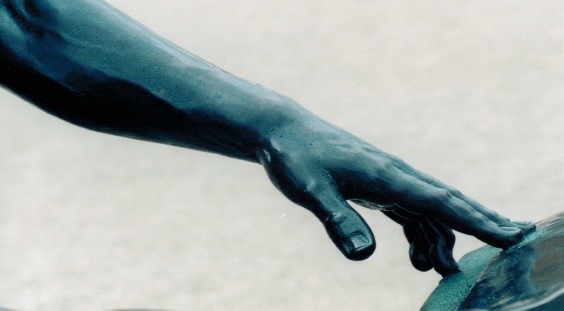







Q:What could I have done to avoid getting Dupuytren’s Contracture?
A: Very little. There are few controllable risk factors, including excessive alcohol use, certain anti-seizure medications, smoking and diabetes. It is mostly determined by genetics.
Q: How can I stop the progression and spread of the contractures?
A: There are no treatments or protocols that are routinely recommended to stop the progression or the development of the contractures.
Q: Do dietary modifications or vitamins help?
A: While a good diet and use of nutritional supplements can be very healthy, it has not been proven to change the course of Dupuytren’s contracture.
Q: Can a program of stretching, splinting or therapy control or correct the contractures?
A: These types of programs have not been shown to alter the course of the disease.
Q: Can I choose the procedure I want based on my preferences?
A: In most cases, yes. We want to make sure you understand the pros and cons of each treatment first. In addition, some hands are more amenable to one treatment over another. Only a thorough evaluation can determine that for any individual.
Q: How long has Dr. Blauvelt been doing Dupuytrens surgery?
A: Over 20 years.
Q: How long has Dr. Blauvelt been doing Needle Aponeurotomy? How many times?
A: For about 6 years. Dozens of cases, more in recent years as popularity has grown.
Q: How much does it cost to get treatment?
A: Because of the variety of treatment options, the variety of insurances, and the variation of severity, this is a very difficult question to answer with any accuracy. Once an evaluation is done, we can give a much closer estimate of the overall cost and out-of-pocket cost for the procedure.
Q: Does insurance cover treatment
A: In general, yes. There are of course out of pocket deductibles and copays, but this is a condition that is almost always covered. Xiaflex coverage needs to be confirmed, but is covered by most payers.
Q: Without treatment, what will happen?
A: Dupuyren’s is progressive. It never gets better, and typically will progress at some pace. Some will say their contracture has not changed for years, while others see it progress noticably in a matter of months.
Q: Does the timing matter?
A: Typically, we prefer not to intervene in mild, early contractures, as they are not symptomatic and may progress very slowly. As the contracture exceeds 10-30 degrees or more, a procedure may be indicated. The longer the severe contracture has been present and the worse it is, the more difficult it will be to get the finger straight again.
Q: Can Needle Aponeurotomy be repeated?
A: In most cases, yes, and it can be very sucessful.
Q: Will Needle Aponeurotomy get rid of the lumps in my palm?
A: Not completely. Releasing the tension often will make them less noticeable. Also, a corticosteroid injection at the time of surgery may help them dissipate to some extent.
Q: Will I need therapy after treatment?
A: Rarely after Needle Aponeurotomy. Occasionally after Xiaflex. Usually after surgery.
Frequently Asked Questions